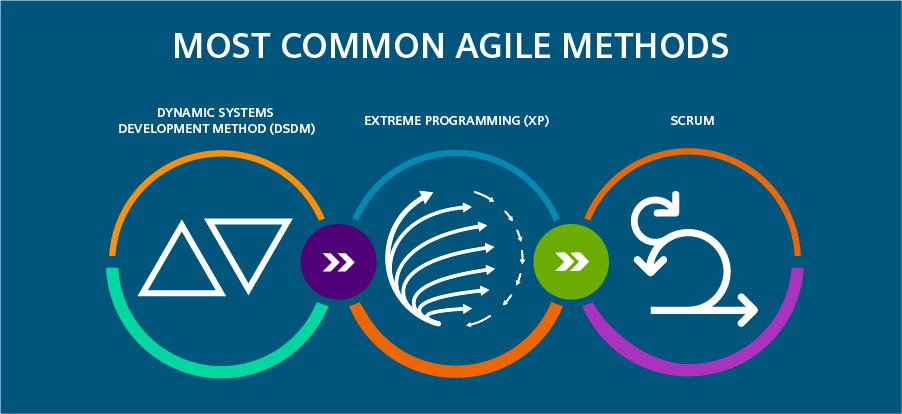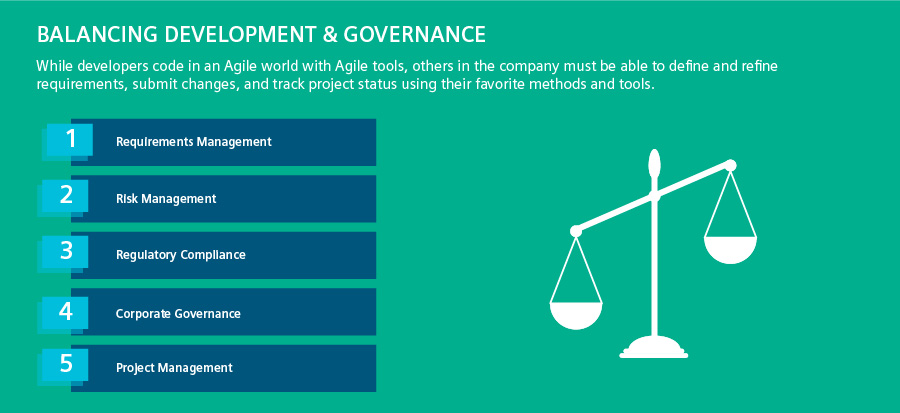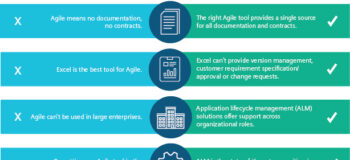Three Agile methods explained and the secret to staying Agile as you grow

Now that we’re familiar with some common Agile myths, we can learn more about some Agile development methodologies and how organizations can incorporate them into successful hybrid Agile strategies. Three of the most widely adopted methods include DSDM, XP, and Scrum.
- Dynamic systems development method (DSDM): DSDM is an extension of rapid application development (RAD) practices and features nine principles, including active user involvement, frequent delivery, team decision making, integrated testing throughout the project lifecycle, and reversible changes in development.
- Extreme programming (XP): XP values community, simplicity, feedback and courage, providing a system of dynamic practices such as daily stand-up meetings and direct customer involvement.
- Scrum: Scrum provides a project management framework that focuses on 30-day spring cycle development, delivering a specified set of backlog features.
In addition, these common Agile methodologies share the following key values:
- Individuals and interactions over processes and tools
- Working software over comprehensive documentation
- Customer collaboration over contract negotiation
- Responding to change over following a plan
This list may make developers and customers happy, but it often conflicts with common larger or distributed organizational goals for risk management, regulatory compliance, corporate governance, and project management.
The Agile conundrum: balancing requirements and governance along with development
Developers code in an Agile world with Agile tools, but organizations still need a way for people to refine requirements, submit changes, forecast, and manage projects. Spreadsheets offer limited capabilities and can’t possibly encompass the development needs alongside software requirement management, documentation, change requests, and project management. While they can help organize information, they’re not capable of connecting knowledge between groups of people, managing risk and automating processes.
So, what’s the secret to staying Agile as you grow, keeping a balance with other organizational goals? Is it even possible to balance the two?

The SECRET to staying Agile as you grow
First, of course, you’ll need a scalable plan—one that looks at implementing an Agile strategy holistically. Second, you’ll need a toolset that’s fully integrated into the boarded processes of the company. This enables developers to remotely collaborate as if they were onside with a customer and allows seamless audit and control of their work. By allowing other people in the company to define and refine requirements, submit changes, manage test cases, and track project status using an integrated solution, the developers can work with Agile tools while also meeting organization goals.
Read more about Agile, software requirements management and regulatory compliance in this whitepaper about a practical approach.


